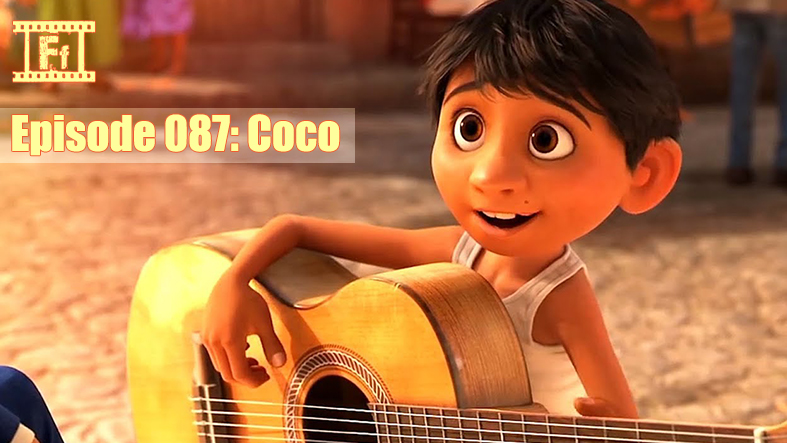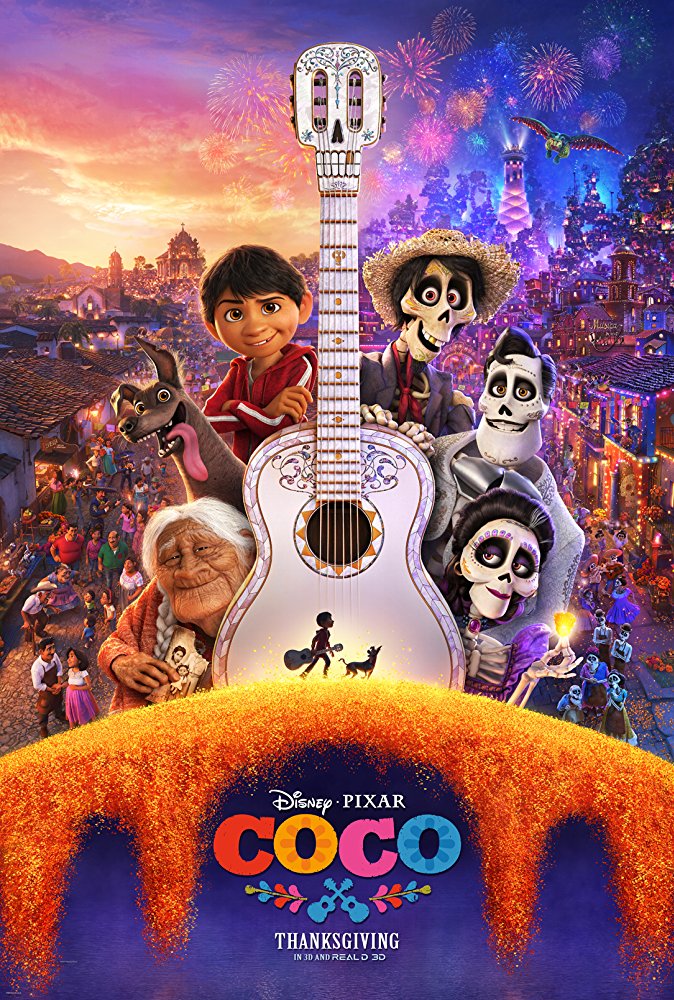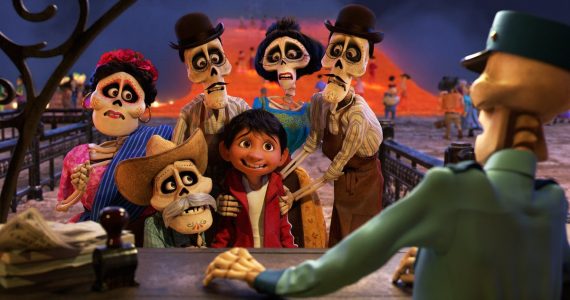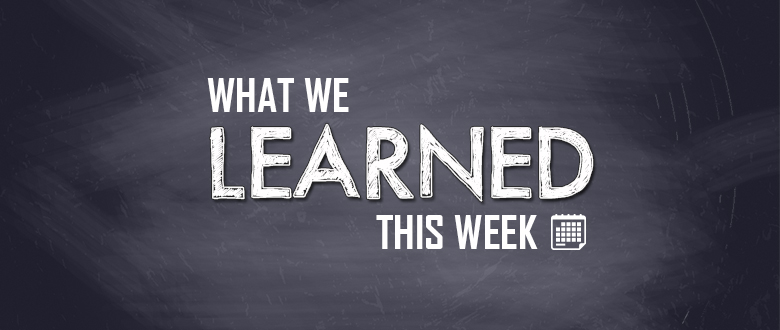
LESSON #1: GIRLS SHOULD PLAY TOO— Setting off a firestorm of action on a Feelin’ Film Facebook group post this week was the announcement of a Rotten Tomatoes alternative specializing in female film critics. Underserved and underrepresented, I’m all for a platform to celebrate and highlight different voices in film criticism. The more the merrier. Gender inequality is a rampant problem and opportunities like Cherry Picks (I hope a better name is coming) can only help the topic and add to the discussion.
LESSON #2: CAN WE BAN THE TERM “MADE IT FOR THE FANS” PLEASE?— Speaking of RT, over these recent ’10s years of Rotten Tomatoes gobbling up more public attention, the perceived backlash against low RT scores has set off soundbites from several stakeholders. A prominent reaction a few years back was director David Ayers after Suicide Squad (video). The latest is actor Joel Edgerton pushing back against the negative reviews bestowed upon the Netflix release Bright. Both gentlemen used the term “made it for the fans” as a shield of righteousness for what they say was the intended purpose of their films. Breaking news, Joel and David, critics are fans too. They just have a wider and more published platform to voice their opinion. Not all fans are going to like crappy films. Want more fans, and therefore more critical, support? Make better films and earn more fans.
LESSON #3: HOW DO YOU FEEL ABOUT A DANNY BOYLE JAMES BOND FILM?— With director Sam Mendes not slated to return to the James Bond world after Spectre, audiences and news writers have been in a three-year guessing game of who will take over the helm of the spy franchise. Word is that man could be Slumdog Millionaire Oscar winner and Trainspotting leader Danny Boyle. Coupled with Trainspotting screenwriter John Hodge, I think the pair is an exciting fit for Bond. Fun fact: Boyle directed Daniel Craig in a Bond-esque role opposite the Queen in his Opening Ceremony program of the 2012 Summer Olympics in London. Boyle and Hodge can add a pulpy edge and a different speed of kinetic energy to push the action and the character forward in interesting directions. Whatever they concoct, you know it sure won’t be boring.
LESSON #4: HOW DO YOU FEEL ABOUT A JON FAVREAU STAR WARS SERIES OR EVEN A GAME OF THRONES-ESQUE ONE?— In similar news, news landed that Iron Man, The Jungle Book, and current Lion King director Jon Favreau has been brought on to write and executive produce a live-action Star Wars series in the near future. Favreau follows the February announcement of Game of Thrones creators David Benioff and D.B. Weiss being tapped to write and produce a new film series. Like Boyle, I think the powers that be have found great hires. Favreau brings of engaging storytelling, humor, and blockbuster know-how while the Benioff/Weiss team brings edginess and world-building strengths. All of the qualities can have an effective place in this universe. The task now is for Disney not to micro-manage and fire them like the other top-notch talent they’ve brought in before.
LESSON #5: DISNEY IS THE HOLLYWOOD PLAYGROUND BALL HOG— Why are they the selfish superstar that doesn’t pass? Because they can be. This month, Disney announced the calendar of their intended release dates for the next five years. Disney has retained Marvel’s traditional reservation of the first weekends in May, the Star Wars pre-Memorial Day tradition, Pixar’s usual third-week-of-June slot, and their own Thanksgiving animation slot. More and more, they are squeezing for the Fourth of July weekends, that magical Presidents Day/Valentine’s Day weekend in February (thanks, Black Panther), and bigger chunks of Christmas. Disney is Kobe Bryant, the “seat’s taken” kids from Forrest Gump, the manspreading subway rider, and bank-buying billionaire all rolled into one with zero f–ks given. When they show up, everyone else runs for cover.
LESSON #6: NETFLIX DOESN’T HAVE ANY QUIT RIGHT NOW— Ambition is one thing. Resources is another. The wild thing is when a creative outlet has both. That’s Netflix right now. The volume of original content they are putting out is downright insane. You would think they can only get so much be money to be had from new subscribers. That number has to level out and slow production, right? Not anytime soon, according to Netflix. They’re booming to have around 700 original shows and movies in the 2018 calendar year. That’s beyond machine-like. You wonder how much is too much or how much isn’t profitable.
LESSON #7: THE SLIPPERY SLOPE OF AUDIENCE RESPONSIBILITY VERSUS STUDIO ACTIONS— Speaking of Netflix, Annihilation, filmmaker Alex Garland’s tepid box office loser and follow-up to Ex Machina, landed on Netflix only a few short weeks after a theatrical bow from big studio Paramount. Indiewire’s Zach Sharf wrote an interesting take on the matter citing that part of the fault for the film’s failure is on the audience as much as it’s on Paramount. He talks about “hard sells” and he’s right. The general moviegoing audience pays for a more simpler fare than Annihilation. That’s not a bad thing entirely, but that’s what’s making money. Any diligent corporation should find the best scenario for earning and profit. With Netflix throwing its money around, Paramount made an appropriate business decision and one, as it turns out, made more money than failing in the theaters. I hate to say, but get used to these kinds of decisions and deals. That’s the landscape. They only people that can change that are the consumers and it’s going to take quite the unified and concerted effort to change trends. Stop paying for Transformers films and give that money to risks like Annihilation if you want better products. I’ve said this many times in this column and in the Feelin’ Film discussion group. Whether we like it or not, this is a business first and an art exhibition second.
 DON SHANAHAN is a Chicago-based film critic writing on his website Every Movie Has a Lesson. As an elementary educator by day, Don writes his movie reviews with life lessons in mind, from the serious to the farcical. He is a proud member and one of the founders of the Chicago Independent Film Critics Circle. As a contributor here on Feelin’ Film, he’s going to expand those lessons to current movie news and trends. Find “Every Movie Has a Lesson” on Facebook, Twitter, Medium, and Creators Media.
DON SHANAHAN is a Chicago-based film critic writing on his website Every Movie Has a Lesson. As an elementary educator by day, Don writes his movie reviews with life lessons in mind, from the serious to the farcical. He is a proud member and one of the founders of the Chicago Independent Film Critics Circle. As a contributor here on Feelin’ Film, he’s going to expand those lessons to current movie news and trends. Find “Every Movie Has a Lesson” on Facebook, Twitter, Medium, and Creators Media.

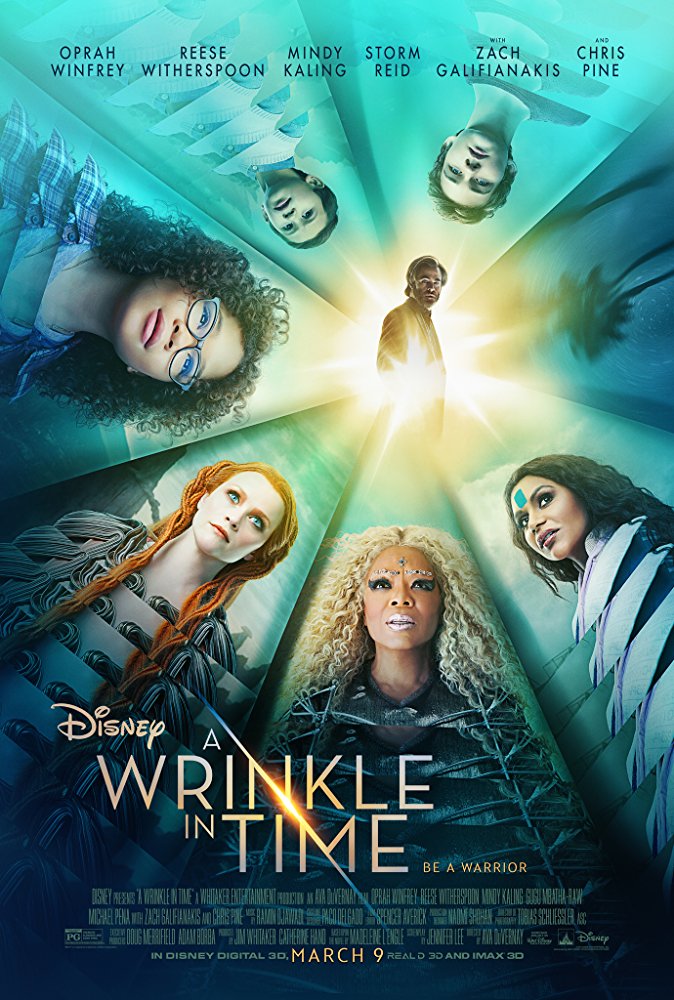
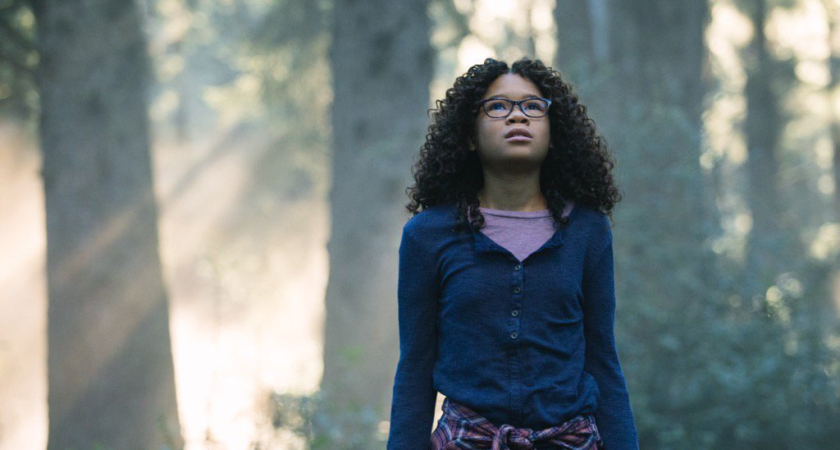
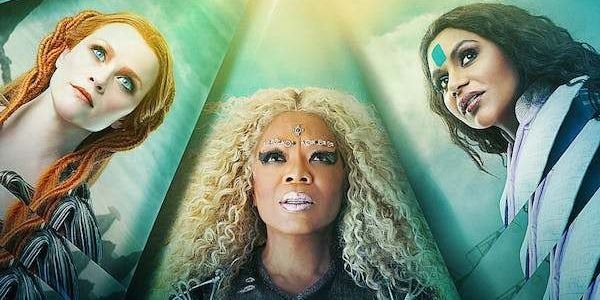
 Aaron White is a Seattle-based film critic and co-creator/co-host of the Feelin’ Film Podcast. He is also a member of the
Aaron White is a Seattle-based film critic and co-creator/co-host of the Feelin’ Film Podcast. He is also a member of the 
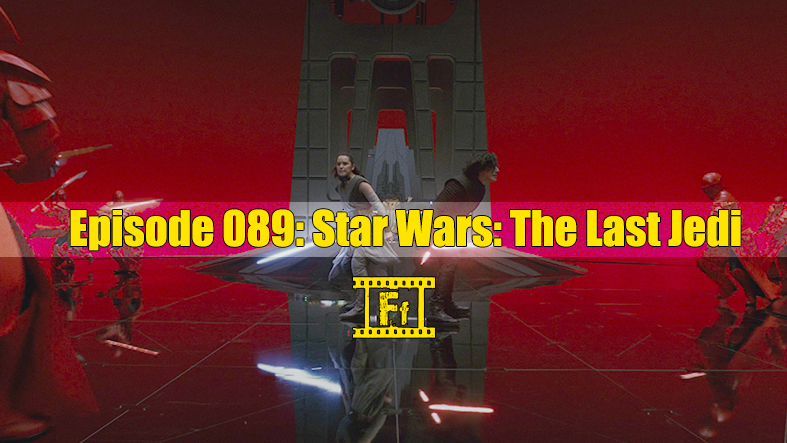

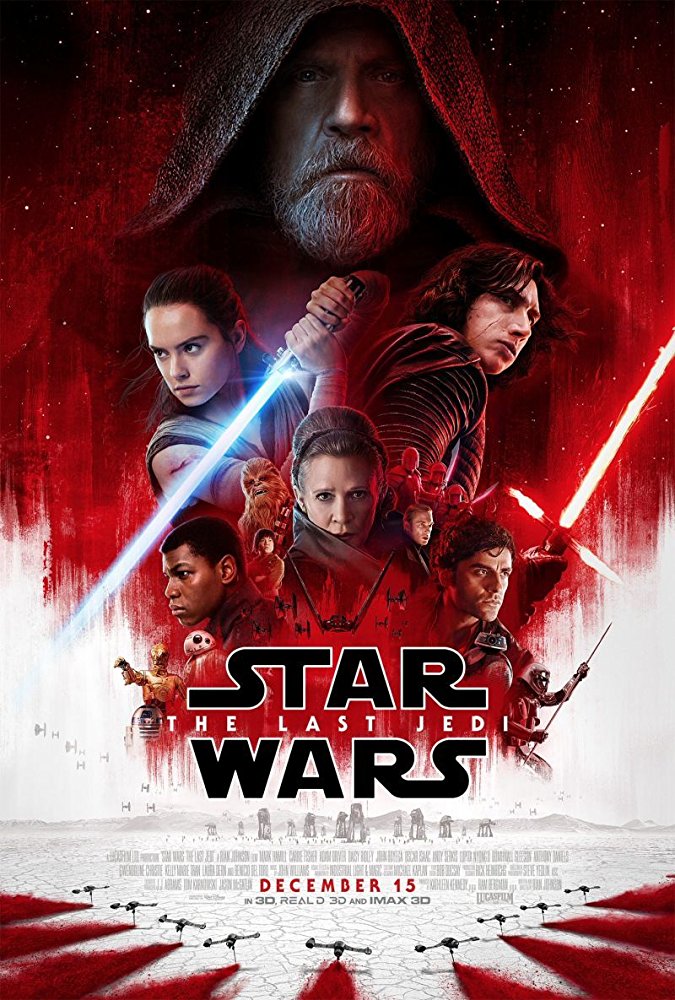
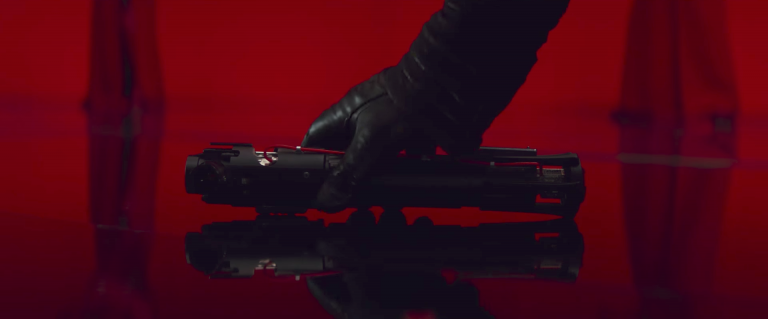
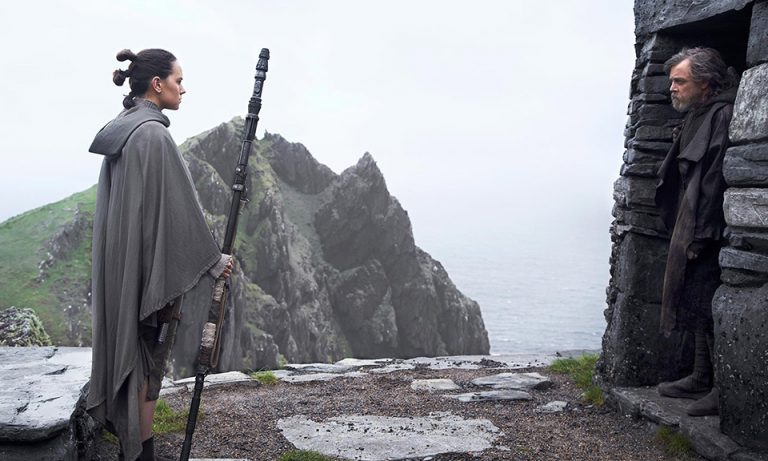
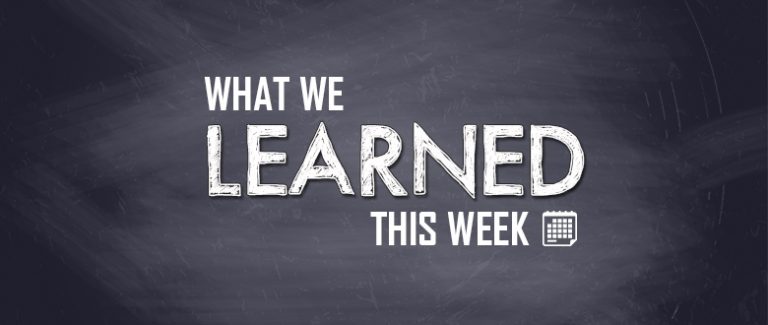
 DON SHANAHAN is a Chicago-based film critic writing on his website
DON SHANAHAN is a Chicago-based film critic writing on his website 